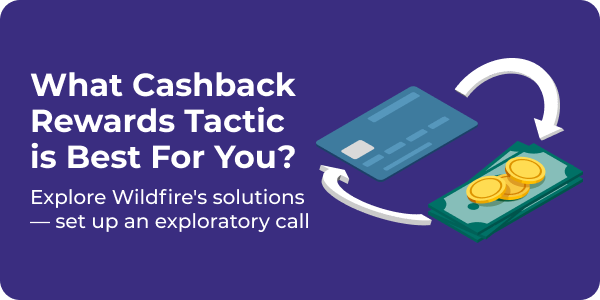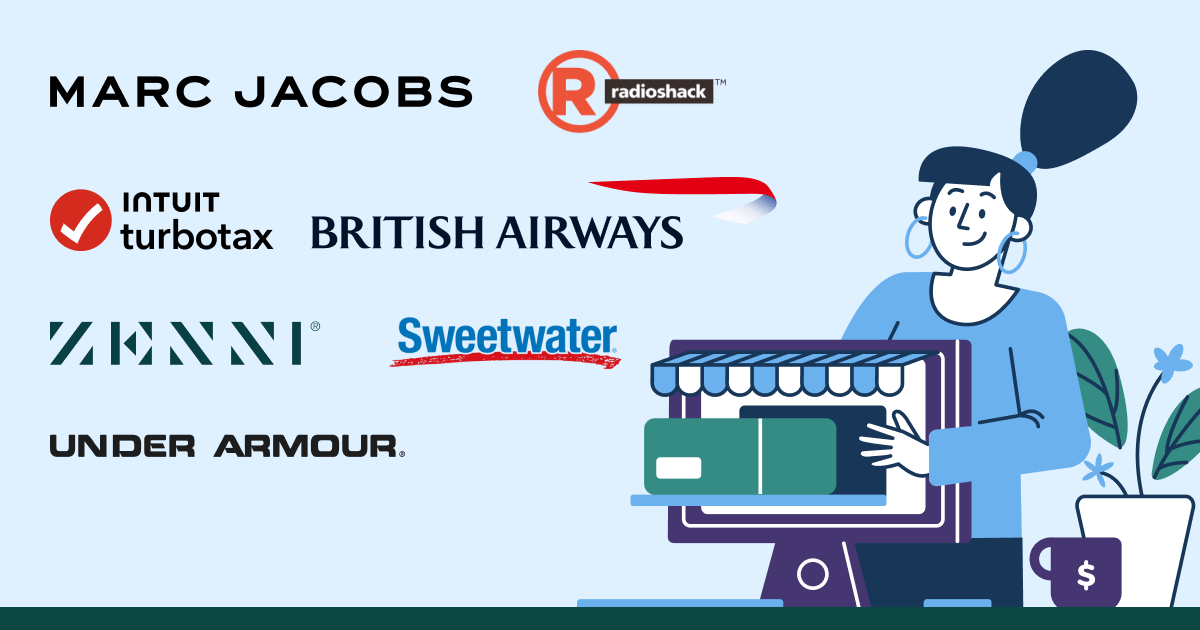For companies implementing cashback rewards programs, maximizing Customer Lifetime Value (LTV) is paramount. A key question for companies offering shopping rewards programs is how to strategically cultivate loyal and high-value users as soon as possible after the moment of enrollment.
We conducted an analysis to shed light on a critical factor: the speed at which a new user makes their first purchase after joining a cashback rewards program is associated with higher long-term customer value.
In the analysis below, we explore the benefits of driving a quick first purchase by new program members.
The Challenge
Companies who launch rewards programs consistently seek strategies to boost user engagement and increase Average Revenue Per User (ARPU). One hypothesis suggests that faster activation, e.g. getting a user to make their first purchase more quickly after program enrollment, might lead to more sustained purchase activity and thus higher LTV.
To validate this, we needed to conduct a targeted analysis to quantify the financial impact of early user engagement.
Methodology
We conducted an internal data analysis to compare the annualized ARPU between two cohorts of enrolled users within a cashback rewards program.
- Cohort 1: Users who completed their first purchase within 30 days of program enrollment.
- Cohort 2: Users who made their first purchase 30+ days after enrollment.
To ensure the most accurate representation of active user value, we refined our approach by excluding dormant users (those who enrolled but had never made a purchase as of the time of analysis).
This refinement helped ensure the ARPU figures accurately reflected the value generated by active shoppers, rather than being diluted by inactive program enrollees.
Key Findings
The analysis revealed a powerful correlation between early purchasing behavior and higher ARPU:
Program members who make their first purchase within 30 days after enrolling tend to have 2.4x higher ARPU than those who make a first purchase after 30 days.
This difference highlights the notable pattern of early engagement among higher-value users.
The findings are clear: users who make a purchase within 30 days often show higher ARPU. Initiatives that encourage early purchases may guide users toward greater engagement and more long-term purchases by helping them experience program benefits right out of the gate.
Recommendations for Driving Early Engagement
To capitalize on these findings, companies should consider implementing strategies that encourage fast first purchases, such as:
- Targeted onboarding campaigns: Personalized communications immediately after enrollment to guide users to their first purchase, with clear, easy to understand instructions to compel action.
- Incentivize first purchases: Provide compelling, time-sensitive rewards such as cash bonuses for making a first purchase (Action Rewards), or making richer offers to deliver more cashback to users (Boosted Offers) to overcome that first transaction barrier.
- Simplify the user experience: Streamline the path to a first purchase, making it clear, intuitive, and seamless. For example, serve the new enrollee offers from everyday merchants that align with their interests and shopping patterns, boosting the likelihood of an early conversion.
Takeaway
The analysis indicates that members who make a purchase soon after enrolling often show higher ARPU, highlighting a pattern of stronger engagement among early purchasers. While early activity does not guarantee higher long-term revenue for all users, providing value and incentives early in the program may encourage users to explore and participate more actively.
Supporting early engagement can help enhance the user experience, foster ongoing program interaction, and contribute to a more active and valuable user base over time.






